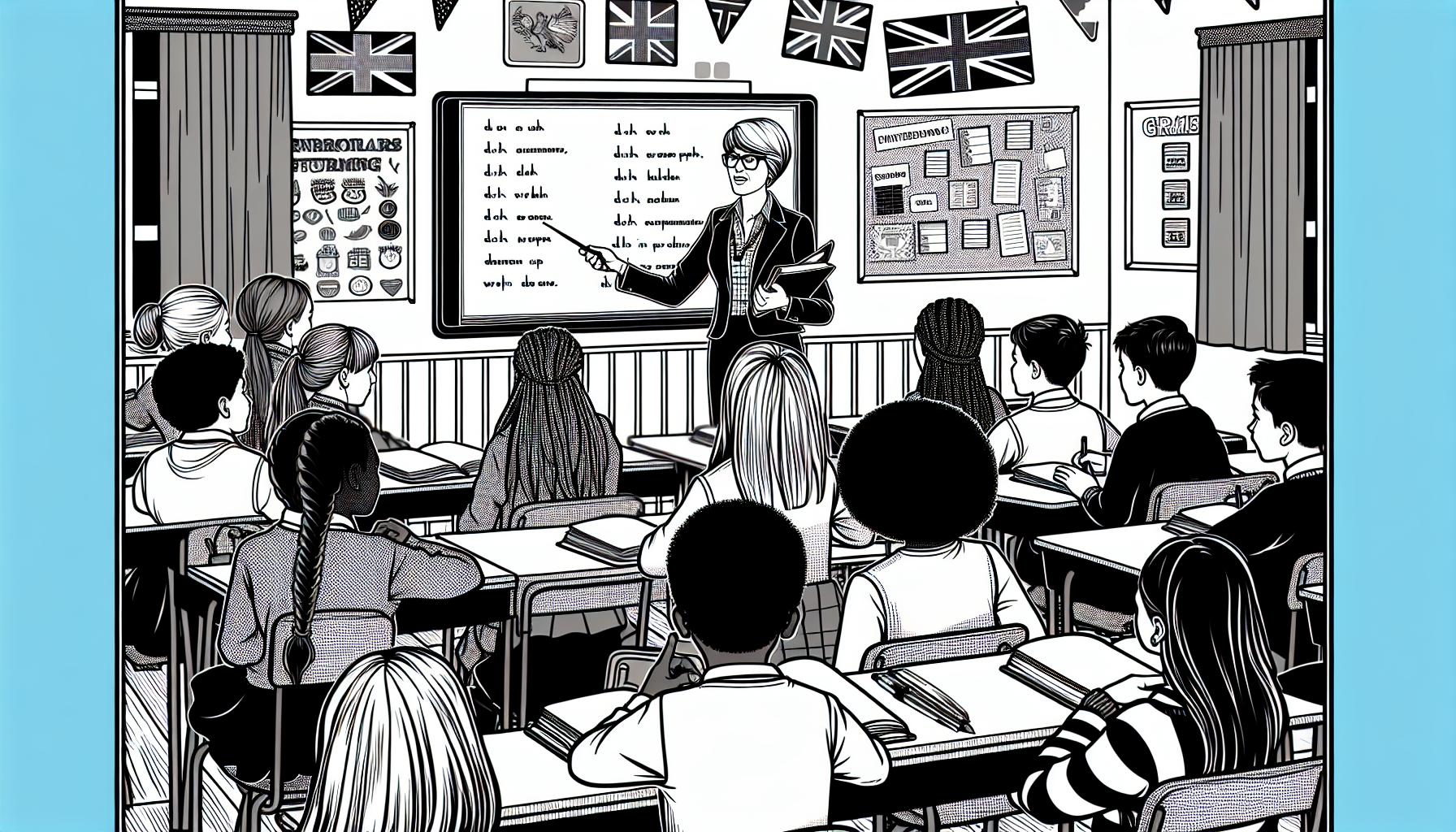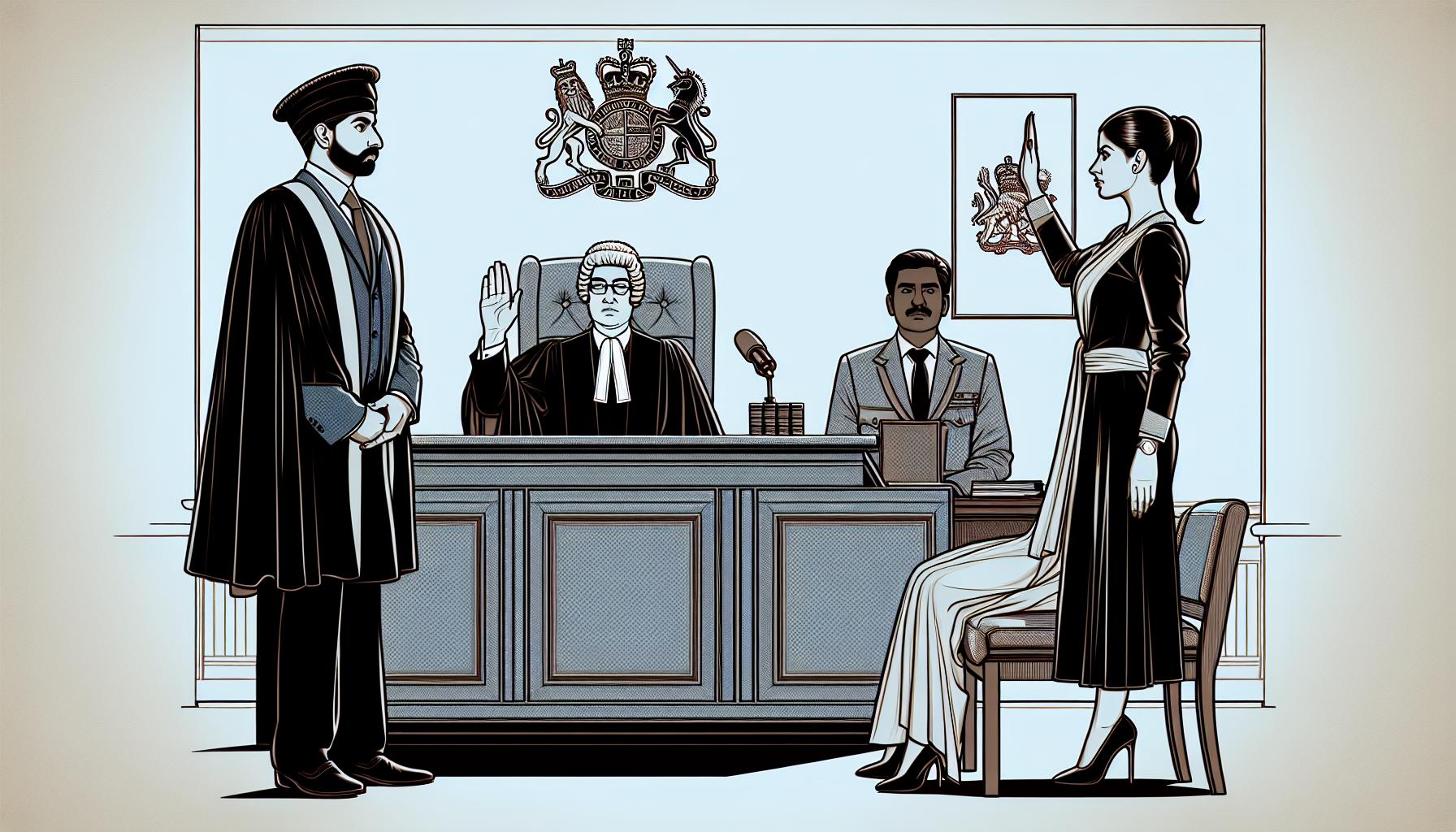Exploring the nuances of English grammar can be tricky, especially when it comes to words like “who’s” and “whose”. These two terms often cause confusion, but understanding their differences is crucial for clear and precise writing.
“Who’s” is a contraction of “who is” or “who has”, while “whose” is a possessive form indicating ownership. Knowing when to use each one not only improves our writing but also ensures we communicate our ideas effectively. Let’s investigate into the specifics and clear up any confusion once and for all.
Key Takeaways
- Understanding Usage: “Who’s” is a contraction for “who is” or “who has”, while “whose” is a possessive form indicating ownership.
- Grammatical Functions: Use “who’s” to make sentences more concise by contracting “who is” or “who has”, and “whose” to indicate possession or association.
- Common Mistakes: Avoid using “who’s” for possession and ensure “whose” is used correctly in questions about ownership.
- Practical Tips: To confirm correct usage, test if “who’s” can be substituted with “who is” or “who has”, and use “whose” when a noun follows indicating possession.
- Essential for Clarity: Correct usage of “who’s” and “whose” enhances clarity in both formal and informal communication, crucial for Business English, IELTS, and TOEFL.
Understanding The Difference
Understanding the difference between “who’s” and “whose” enhances clarity in our writing and communication. Both terms sound identical, yet their functions vary significantly.
Definitions and Functions
Who’s: This contraction stands for “who is” or “who has.” It’s used in sentences where either phrase fits naturally.
Whose: This possessive form of “who” indicates ownership. It’s akin to “his,” “her,” or “their” in demonstrating possession.
Examples
Who’s:
- “Who’s attending the meeting?” (Who is attending the meeting?)
- “Who’s completed the assignment?” (Who has completed the assignment?)
- “Who’s calling at this hour?” (Who is calling at this hour?)
Whose:
- “Whose keys are these?” (To whom do these keys belong?)
- “Whose phone just rang?” (To whom does the phone belong?)
- “The artist, whose work we admire, will be exhibiting her latest pieces.” (The artist whose work belongs to her will be exhibiting her latest pieces.)
Key Differences
Possession vs. Contraction: “Whose” identifies ownership, whereas “who’s” combines “who is” or “who has.” Mixing these terms often leads to confusion, especially for those learning English.
Aligning with English courses, IELTS, or TOEFL standards, mastering these distinctions can significantly improve our grammar proficiency. Using “who’s” or “whose” correctly is essential in both formal and informal contexts, from business English meetings to language immersion programmes.
Who’s: Definition And Usage

Understanding the correct usage of “who’s” sharpens our grammar skills significantly. Contracting “who is” or “who has” saves time and space in both written and spoken English.
Contraction Of “Who Is”
“Who’s” serves as a contraction of “who is” or “who has”, making phrases more concise. It’s especially useful in everyday conversations, formal writing, and even language courses like IELTS or TOEFL preparation. For example, “Who’s attending the meeting?” simplifies “Who is attending the meeting?”.
Examples Of “Who’s” In Sentences
Examples clarify how to use “who’s” correctly. Consider the following:
- “Who’s coming to the dinner tonight?”
- This means, “Who is coming to the dinner tonight?”.
- “Do you know who’s going to be at the party?”
- This means, “Do you know who is going to be at the party?”.
- “I have no idea who’s working tomorrow.”
- This means, “I have no idea who is working tomorrow?”.
- “Who’s as strong as an ox?”
- This means, “Who is as strong as an ox?”.
- “My aunt is someone who’s living in California.”
- This means, “My aunt is someone who is living in California”.
- “Tony told me who’s coming to the party.”
- This means, “Tony told me who is coming to the party”.
Incorporating “who’s” effectively in sentences aids in mastering English grammar, whether through self-study or structured language immersion programs.
Whose: Definition And Usage
Understanding the usage of “whose” is vital in mastering English grammar, especially for those learning English or preparing for IELTS and TOEFL exams. “Whose” indicates possession or association, helping to clarify ownership in sentences.
Possessive Form Of “Who”
“Whose” is the possessive form of the pronoun “who.” It shows that something belongs to a person or thing. For instance:
- “Whose book is that?” means “Who owns this book?”
- “Whose coat is on the chair?” asks about the owner of the coat.
Using “whose” accurately enhances clarity in both spoken and written English. In Business English, correctly employing “whose” can prevent misunderstandings in communications about responsibilities and ownerships.
- In questions:
- “Whose idea was it to organise the meeting?” (asks about the person who came up with the idea).
- “Whose key is on the desk?” (inquiring about the owner of the key).
- As a relative pronoun:
- “I know a student whose academic performance is exceptional.” (describes a student with exceptional academic performance).
- “The employee whose report you reviewed is waiting for feedback.” (refers to the employee who wrote the reviewed report).
- As a determiner:
- “Whose project are we discussing?” (asks about the owner of the project).
- “The artist whose painting won the competition will receive the award.” (identifies the artist associated with the winning painting).
Mastering “whose” helps learners enhance their formal and informal communication skills, making it a crucial aspect of language immersion and English courses.
Common Mistakes And How To Avoid Them
Mastering the distinction between “who’s” and “whose” helps in avoiding common grammatical errors that can confuse readers. Here are some frequent mistakes and ways to prevent them:
Incorrect Use of “Who’s” for Possession
Many learners mistakenly use “who’s” when indicating possession. For example, “Who’s car is this?” is incorrect. It actually means “Who is car is this?”, which does not make sense.
Correct:
- “Whose car is this?”
Tip to Avoid:
If a sentence appears strange, try expanding “who’s” to “who is” or “who has”. If the expanded sentence still makes sense, then “who’s” is correct; otherwise, use “whose”.
Misunderstanding “Whose” in Questions
People often misuse “whose” in questions. An incorrect example is, “Whose going to the meeting?”
Correct:
- “Who’s going to the meeting?”
Tip to Avoid:
Check if the question asks about ownership or possession. Only use “whose” to ask who owns something or to whom something belongs.
Conflating Contraction and Possessive Usage
Mixing contractions with possessives can lead to errors. For instance, writing “Who’s bike is parked here?” is a common mistake.
Correct:
- “Whose bike is parked here?”
Tip to Avoid:
Expand “who’s” each time and see if the sentence still makes sense. If it doesn’t, revert to “whose”.
Checking for Context Clarity
In Business English and standard communication, unclear sentences due to incorrect use of “who’s” and “whose” can confuse the message. Misinterpreted contexts may affect professional settings such as IELTS and TOEFL assessments.
Correct Examples:
- “Who’s working on the project?” (Correct: “Who is working on the project?”)
- “The employee whose report was praised will present next.” (Correct for possession)
Tip to Avoid:
When preparing for exams like IELTS or in language immersion programmes, pay special attention to detail in context. Ensure clarity by practising with well-formed sentences.
Using these tips enhances clarity and correctness in both written and spoken English. This attentiveness is especially pivotal in formal settings and English courses.
Practical Tips For Correct Usage
Using “who’s” and “whose” accurately is vital for mastering English grammar, particularly for those engaged in Business English or preparing for language assessments like IELTS and TOEFL. Here are some practical tips to help ensure correct usage:
Understand the Definitions
- Whose: Indicates possession or ownership. It equates to “of whom” or “belonging to whom”.
- Who’s: A contraction of “who is” or “who has”.
Check for Possession
- Use “whose” when indicating ownership. For example:
- “Whose car is that?”
- “The student, whose notebook was left in the classroom, should retrieve it.”
Check for Contractions
- Use “who’s” when you can substitute it with “who is” or “who has”, maintaining the sentence’s meaning. For example:
- “Who’s coming to the party?” (Who is coming to the party?)
- “Who’s eaten at this restaurant before?” (Who has eaten at this restaurant before?)
- If a noun follows, use “whose”. This helps clarify possession. For instance:
- “Whose book is this?”
- “We need to know whose keys these are.”
Practising these distinctions sharpens precision in both written and spoken English. These tips are particularly useful for those in Language Immersion programmes or English courses. By mastering “who’s” and “whose”, learners enhance clarity in communication, crucial for success in Business English and formal tests like IELTS or TOEFL.
Conclusion
Understanding the difference between “who’s” and “whose” is essential for clear and effective communication. By mastering these distinctions, we can enhance our grammar skills and avoid common mistakes. Using “who’s” correctly helps make our sentences more concise, while “whose” clarifies ownership and prevents misunderstandings.
Practising these rules will sharpen our precision in both written and spoken English, which is particularly beneficial in professional settings and language assessments. Let’s continue to apply these tips to ensure clarity and correctness in all our communications.
Frequently Asked Questions
What is the difference between “who’s” and “whose”?
“Who’s” is a contraction for “who is” or “who has,” while “whose” indicates possession. “Who’s” should be used in sentences where it can be expanded to “who is” or “who has”. “Whose” is used to ask about or define ownership.
Can you provide examples of “who’s”?
Sure! Examples include:
- “Who’s attending the meeting?” (Who is attending the meeting?)
- “Do you know who’s going to be at the party?” (Do you know who is going to be at the party?)
How do you use “whose” correctly?
Use “whose” to indicate possession. For example:
- “Whose book is that?” (Who owns the book?)
- “Whose coat is on the chair?” (Who owns the coat?)
Why is it important to know the difference between “who’s” and “whose”?
Understanding the difference is crucial for clarity in communication. Using the correct term prevents misunderstandings and errors, especially in formal writing and business contexts.
What are common mistakes with “who’s” and “whose”?
A common mistake is using “who’s” instead of “whose” for possession, such as “Who’s car is this?” It should be “Whose car is this?” Another mistake is using “whose” when “who is” or “who has” is intended.
How can I avoid mixing up “who’s” and “whose”?
To avoid confusion, expand “who’s” to “who is” or “who has” to see if it fits the sentence. Use “whose” when indicating ownership. Practising these distinctions will improve your grammar proficiency over time.



